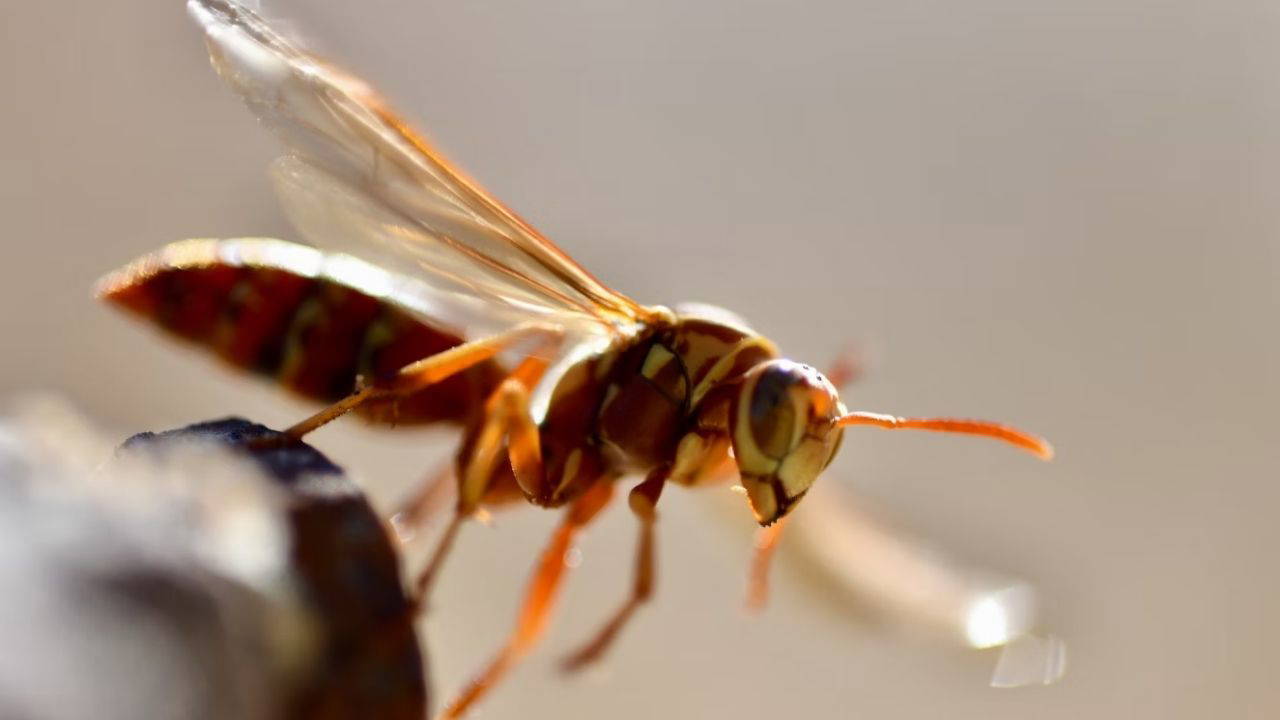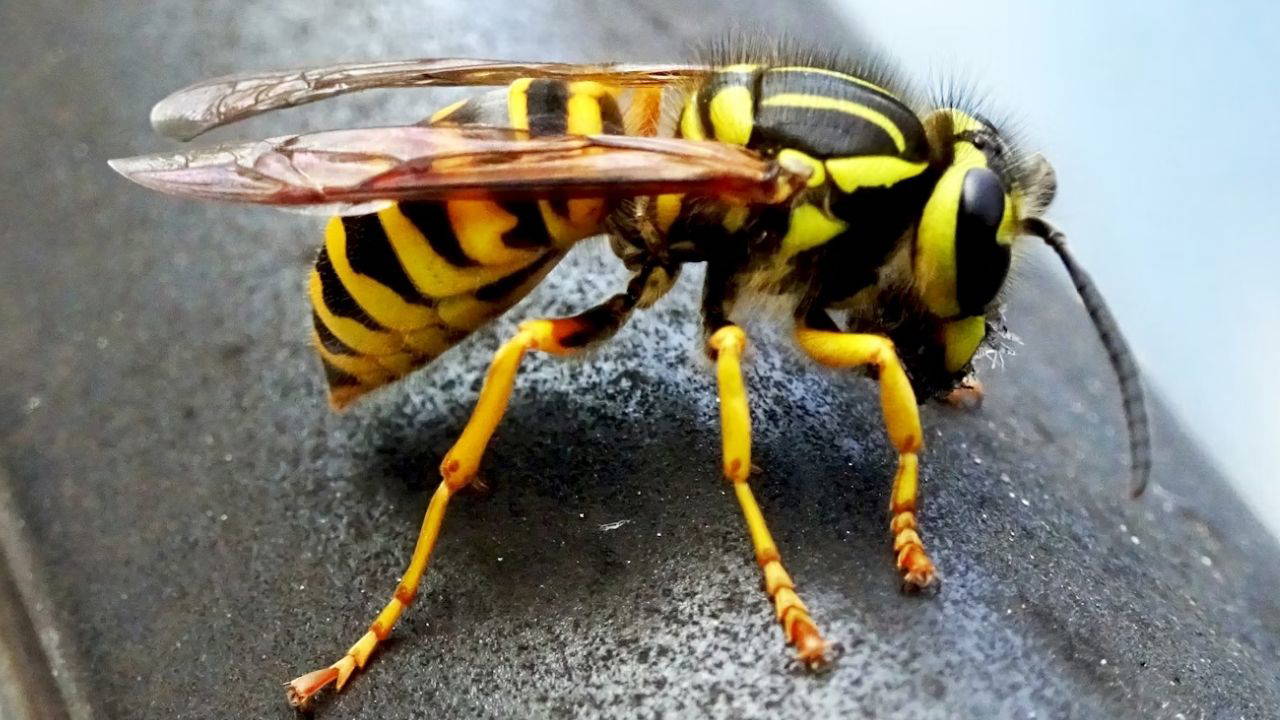Radioactive bee nest found at former nuclear weapons test site

On July 3, one team discovered an irradiated hornet nest in the Savannah River Area near the Georgia state border that exhibited radiation levels 10 times higher than the legal federal limit, according to the U.S. Department of Energy.
Although the dangerous nest where the wasps were staying was located near a series of tanks filled with liquid nuclear waste, the team didn't detect any leaks. Instead, experts believe the nest triggered the Geiger counters through a phenomenon known as "residual radioactive contamination at the scene." This term essentially refers to the residual radiation exposure that occurs when a facility is in full operation. Officials also say there was no need to go into shelters. Although the researchers didn't find any wasps, they sprayed the nests with insecticide and disposed of them according to radioactive waste procedures.

According to Popular Science Turkish, a July 22 Energy Ministry report states, "No further action is required on site." The team also confirmed that there were no impacts to "other activities and operations."
“ Even if no hornets were present in the nest, the level of contamination in individual insects would be significantly lower ,” Savannah River Mission Completion (SRMC) explained to the Aiken Standard.
The breeding organization adds, "Tank Field F is located in the center of the 820-square-kilometer Savannah River Region. Typically, the hornets only travel a few hundred meters from their nests."
The facility's Tank Field F consists of 22 carbon steel tanks buried approximately 7 meters below ground, according to Aiken Standard. Each 25- to 30-meter-wide tank holds between 3 million and 5 million liters of radioactive waste.
The first nuclear reactor at the Savannah River Site was activated in 1952, creating the tools needed to produce plutonium wells. These wells were a core component of the nuclear arsenal of the era. The site eventually included five reactors. Before ceasing operations in 1988, the site generated more than 625 million liters of liquid nuclear waste. Today, the Savannah River nuclear facility produces fuel, while the remaining approximately 128 million tons of nuclear waste continue to be remediated.

For decades, the area has been repeatedly criticized by both environmental advocates and state representatives. In 2017, a federal court dismissed a $100 million lawsuit filed by the state of South Carolina, alleging the state had become a "nuclear waste dump." After years of additional litigation, South Carolina Attorney General Alan Wilson reached a $600 million settlement with the federal government regarding the remaining plutonium waste.
This radioactive hornet's nest is a small matter, but it's already drawing the ire of local observers.
Tom Clements, executive director of the Savannah River Watch, told The Associated Press he was "as angry as a hornet" about the situation.
Clements also claims that the official report is incomplete at best because it doesn't provide enough detail to identify the source of the contamination or whether similarly irradiated nests might exist in the area. The report also doesn't specify the type of hornet. Knowing which hornet species were present would have been helpful in searching for other nests, as some hornets build their nests with mud, while others use other materials.
Cumhuriyet





